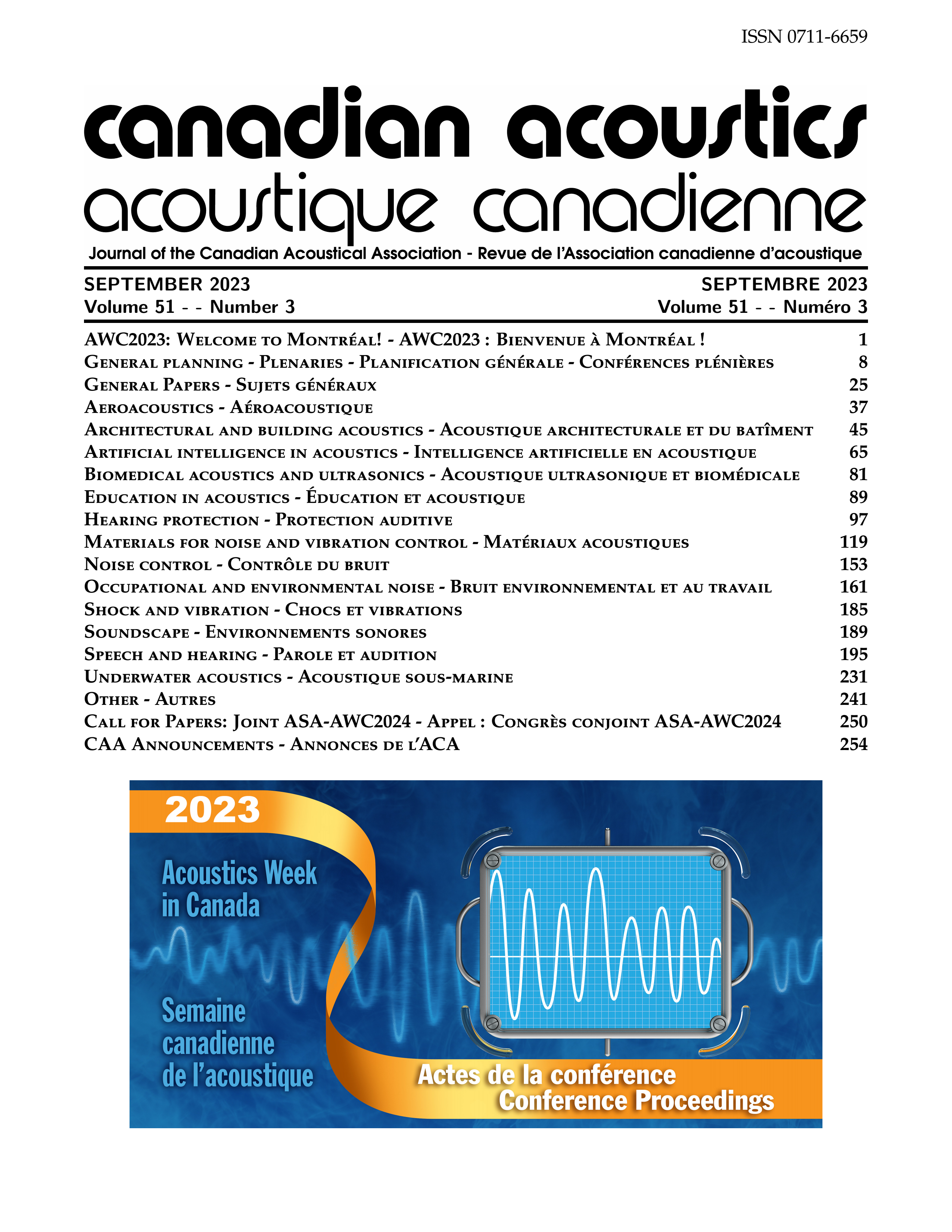A Listening Effort Based Comparative Analysis of CROS Hearing Aids and Bone-Anchored Hearing Devices for Single-Sided Deafness Patients
Abstract
Single-sided deafness (SSD), characterized by the loss of hearing in one ear while the other ear retains normal hearing, poses significant challenges such as difficulties in speech-in-noise recognition, compromised sound localization, and reduced awareness of sounds in the affected auditory hemifield. Current therapeutic approaches aim to enhance sound processing from the impaired hemifield by redirecting signals to the non-impaired ear. This can be achieved through contralateral-routing-of-signal (CROS) hearing aids utilizing air conduction or bone-anchored (BA) hearing devices utilizing bone conduction. Although individuals with SSD have reported subjective benefits from both BA and CROS devices, objectively measuring and documenting these benefits has proven to be challenging. As a result, the optimal choice between these devices remains uncertain, leading to an ongoing dilemma in the clinical management of SSD. The lack of objective assessments regarding reported reductions in listening effort, as well as differences in funding modalities for each device, contribute to a longstanding controversy. This research project aims to address this controversy by investigating which device yields superior hearing outcomes for SSD patients. Subjective (NASA Task Load Index) and objective (pupillometry) measures were used to evaluate the cognitive effort required by SSD patients during speech-in-noise recognition tasks. The comprehensive results presented in this study expand upon preliminary findings previously reported at the AWC 2022 conference. These findings have the potential to provide the first comprehensive evidence guiding the management of SSD, maximizing patients' benefits, and offering evidence-based justification for funding policies.Additional Files
Published
How to Cite
Issue
Section
License
Author Licensing Addendum
This Licensing Addendum ("Addendum") is entered into between the undersigned Author(s) and Canadian Acoustics journal published by the Canadian Acoustical Association (hereinafter referred to as the "Publisher"). The Author(s) and the Publisher agree as follows:
-
Retained Rights: The Author(s) retain(s) the following rights:
- The right to reproduce, distribute, and publicly display the Work on the Author's personal website or the website of the Author's institution.
- The right to use the Work in the Author's teaching activities and presentations.
- The right to include the Work in a compilation for the Author's personal use, not for sale.
-
Grant of License: The Author(s) grant(s) to the Publisher a worldwide exclusive license to publish, reproduce, distribute, and display the Work in Canadian Acoustics and any other formats and media deemed appropriate by the Publisher.
-
Attribution: The Publisher agrees to include proper attribution to the Author(s) in all publications and reproductions of the Work.
-
No Conflict: This Addendum is intended to be in harmony with, and not in conflict with, the terms and conditions of the original agreement entered into between the Author(s) and the Publisher.
-
Copyright Clause: Copyright on articles is held by the Author(s). The corresponding Author has the right to grant on behalf of all Authors and does grant on behalf of all Authors, a worldwide exclusive license to the Publisher and its licensees in perpetuity, in all forms, formats, and media (whether known now or created in the future), including but not limited to the rights to publish, reproduce, distribute, display, store, translate, create adaptations, reprints, include within collections, and create summaries, extracts, and/or abstracts of the Contribution.


